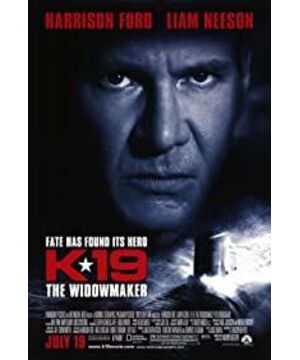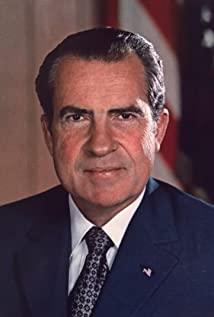Comparing the two classic films of K19 and Captain Sally, one is about the command of the captain after losing radio contact with the navy headquarters, and the other is about the command under the extremely short reaction time without routine guidance. What the two departments have in common is the personal decision of the next-line commander without instructions from the superior.
My personal decision is to explore what the mission is deeply rooted in the commander's heart. This is the core of the film's exploration and praise, and it is also more profound than Captain Sally.
Captain K19 (Harrison) is the meeting point and flashpoint of personal ambitions, organizational missions, and the brilliance of humanity. When the reactor temperature was found to rise again, repairs failed, and the explosion may destroy the US military base and cause NATO to retaliate, Captain K19 should request the submarine to be returned to the Soviet base from the perspective of personal ambitions, and not to hand over the submarine to the Americans from the perspective of organizational mission It is the bottom line not to accept the rescue of the United States. From the perspective of human nature, it is the obligation to rescue the entire crew. At the same time, it is the responsibility of mankind to submerge the submarine and sacrifice all the submarine personnel to avoid nuclear war for world peace.
Harrison Ford’s patience expression was a complicated mission and ideological struggle until he was deprived of the captain’s rights and he was returned in a dramatic way. The captain had already put down his status as a Soviet official, and as a person, as a brother in the same boat, asked the officers and soldiers of the entire ship to sink.
Soldiers with destructive power should take peace as their supreme mission!
The captain’s decision, the officers and soldiers who rushed to the reactor in chemical protective suits, braved 10 minutes of radiation and then turned into a monster radiation, exuding the brilliance of humanity incisively and vividly. The movie is equipped with the church for every scene of entering the reactor. Every second in the reactor is worthy of thousands of people lighting candles to praise.
The shock of the film is that it is adapted based on real events, and can not help but think of the death of all members of the Russian K141 (Kursk submarine) in 2000.
From the Soviets to Russia, veterans never die, and the traditions of soldiers will last forever.
View more about K-19: The Widowmaker reviews











